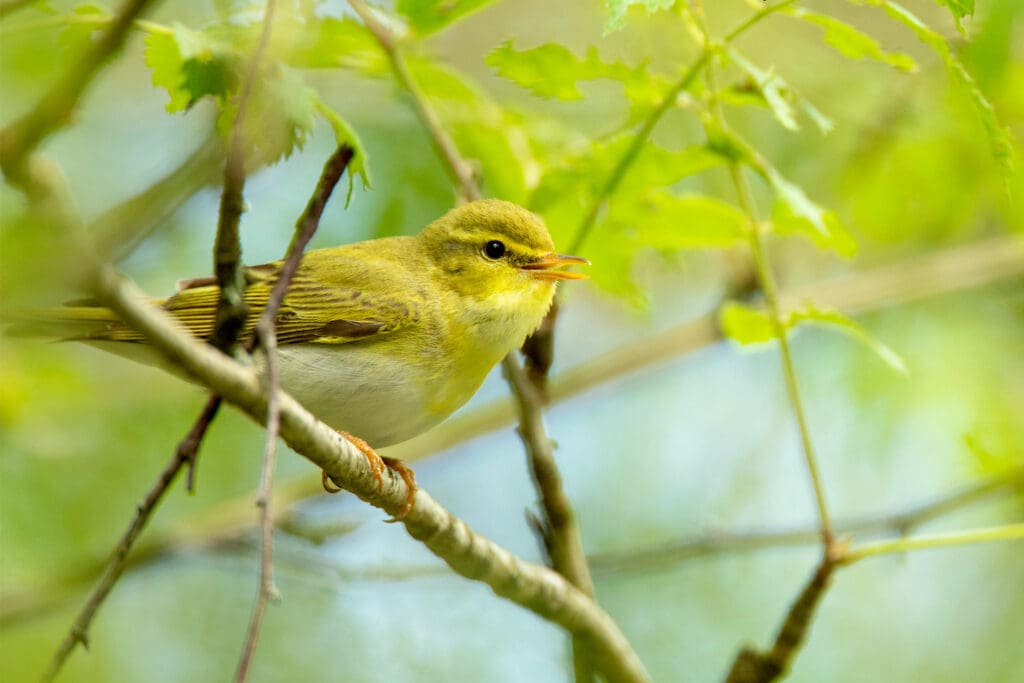Wildlife challenge
Butterflies
Three to spot
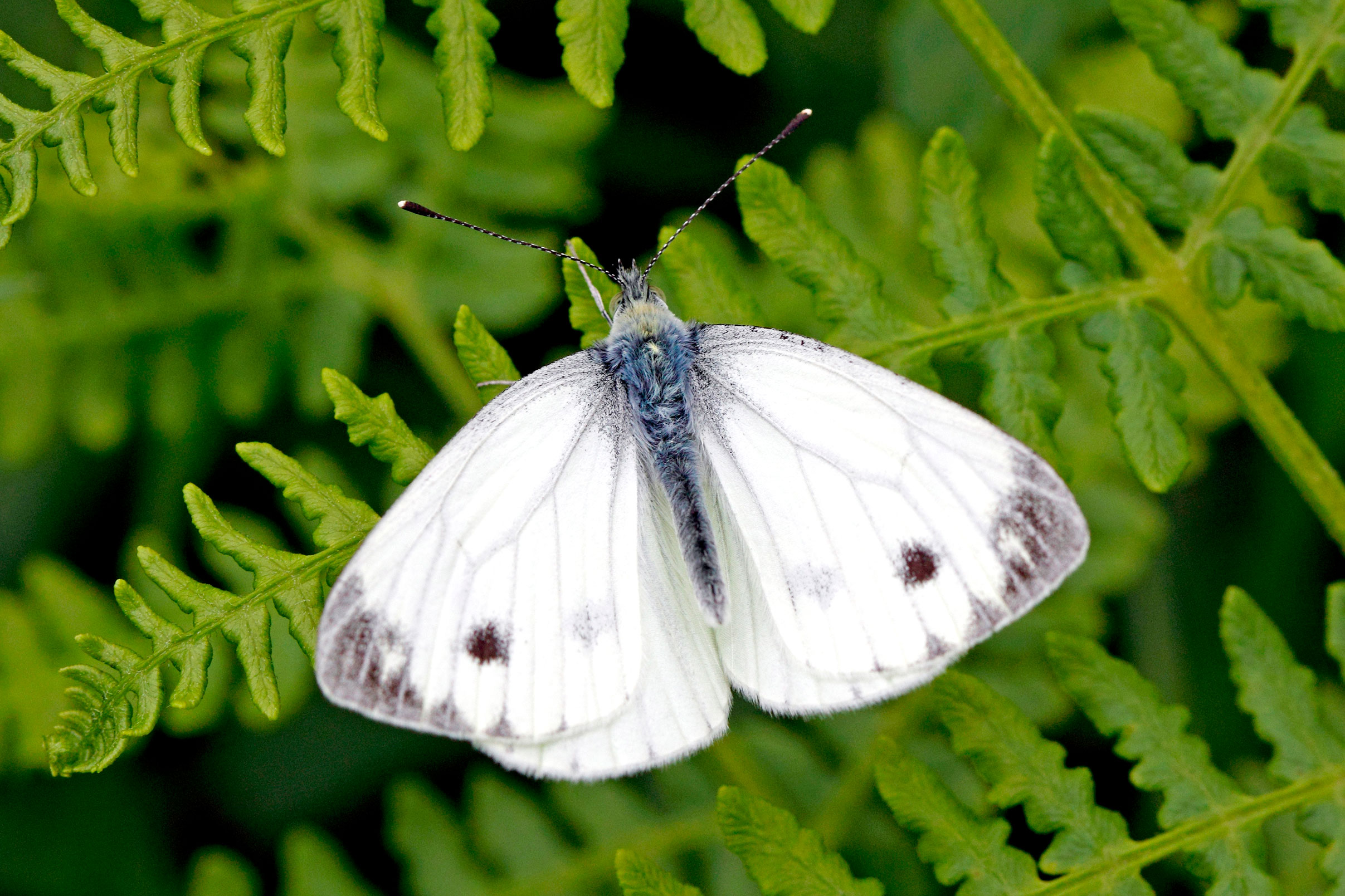
Green-veined White. Photo: Eric Woods (rspb-images.com)
Easy to find
Green-veined White
This common and widespread species can be seen in areas of damp and lush vegetation such as hedgerows, ditches, damp grassland and woodland rides. Keep your eyes peeled for wings with grey-black tips and prominent, greenish veins on the underside.
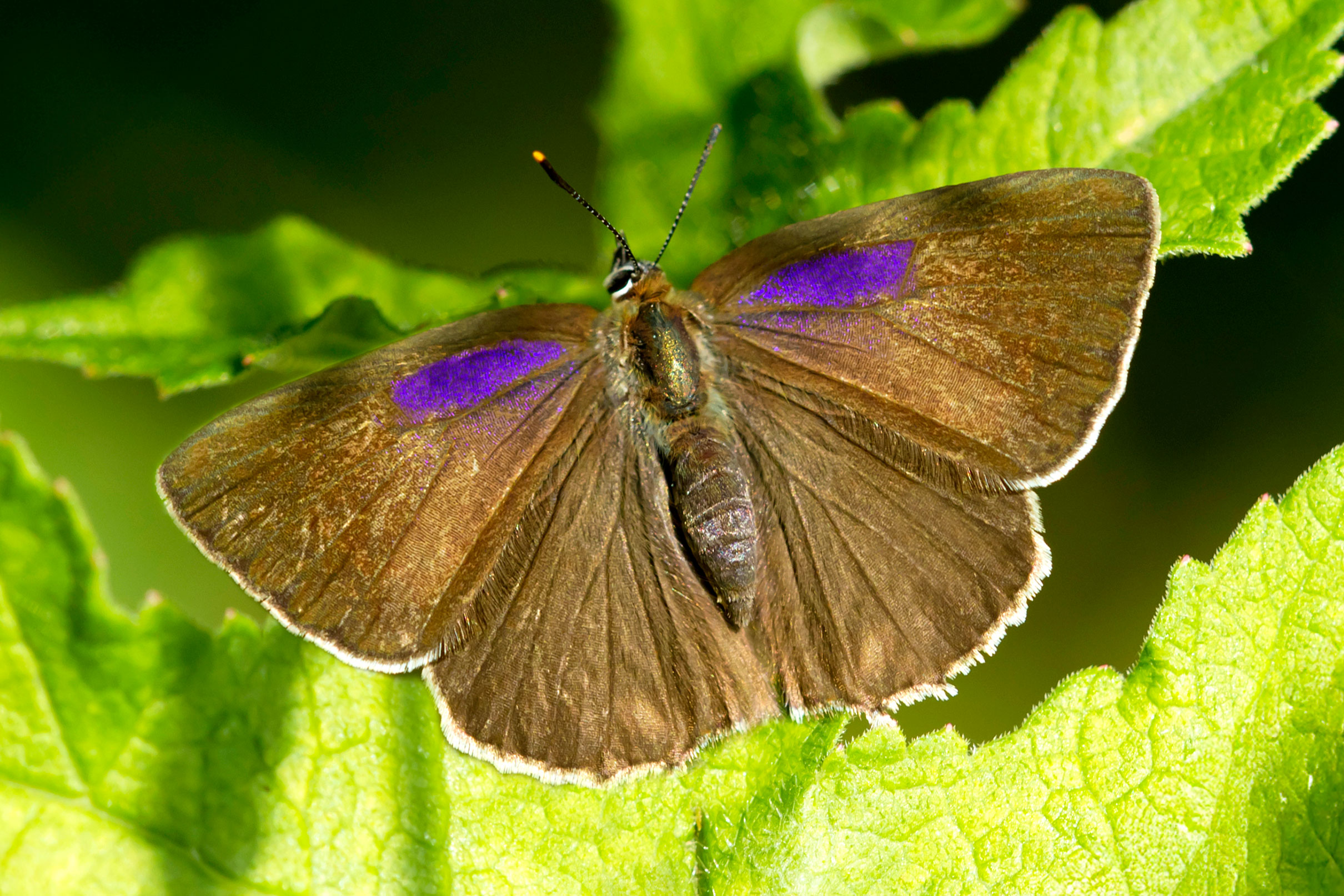
Purple Hairstreak. Photo: Steve Knell (rspb-images.com)
Tricky to find
Purple Hairstreak
These late-summer butterflies can be tricky to see because they feed and live in the canopy of oak trees. Females are black on top with a purple patch; males have purple upper wings with a black border. The underside is silvery-grey with an orange eye spot.
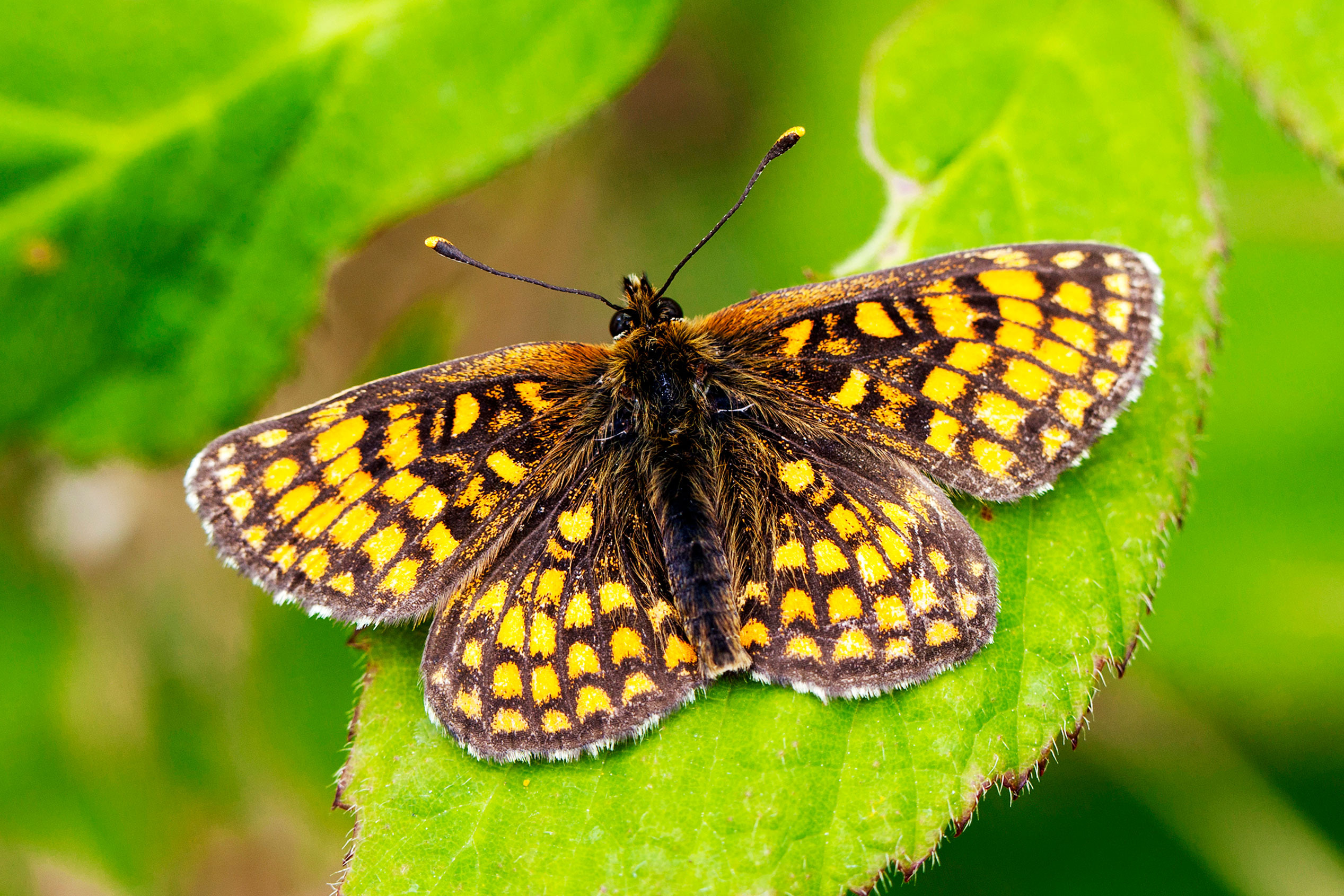
Heath Fritillary. Photo: Phil Cutt (rspb-images.com)
Lucky to find
Heath Fritillary
The ‘Woodman’s Follower’ is now restricted to a few specialised habitats in southern England. Favouring warm coppiced woodland or sheltered heathland, they fly very close to the ground. Looks vary but mostly include an orange-brown chequered pattern.

Big Butterfly Count
Between 18 July and 10 August, you can help nature by counting the butterflies in your local patch. Much like the Big Garden Birdwatch, the Big Butterfly Count asks citizen scientists to help conservationists assess the health of our environment and understand which creatures need the most help. The Big Butterfly Count is run by Butterfly Conservation.
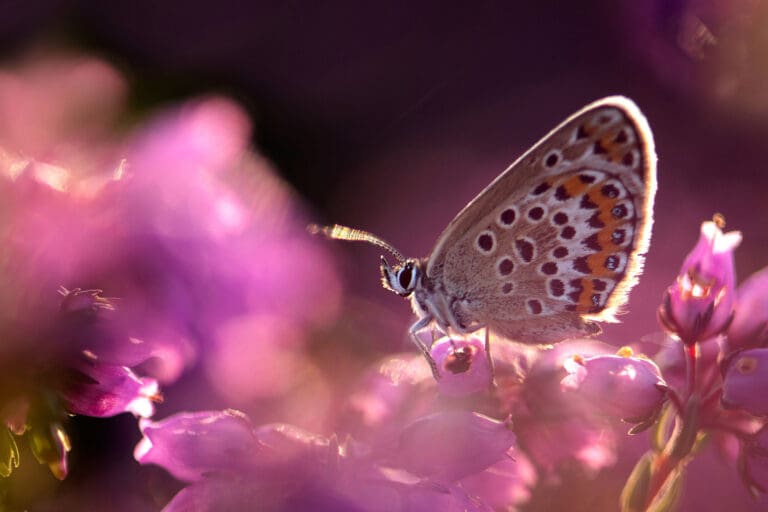
A Silver-studded Blue on Bell Heather. Photo: Ben Andrew (rspb-images.com)
You might also like
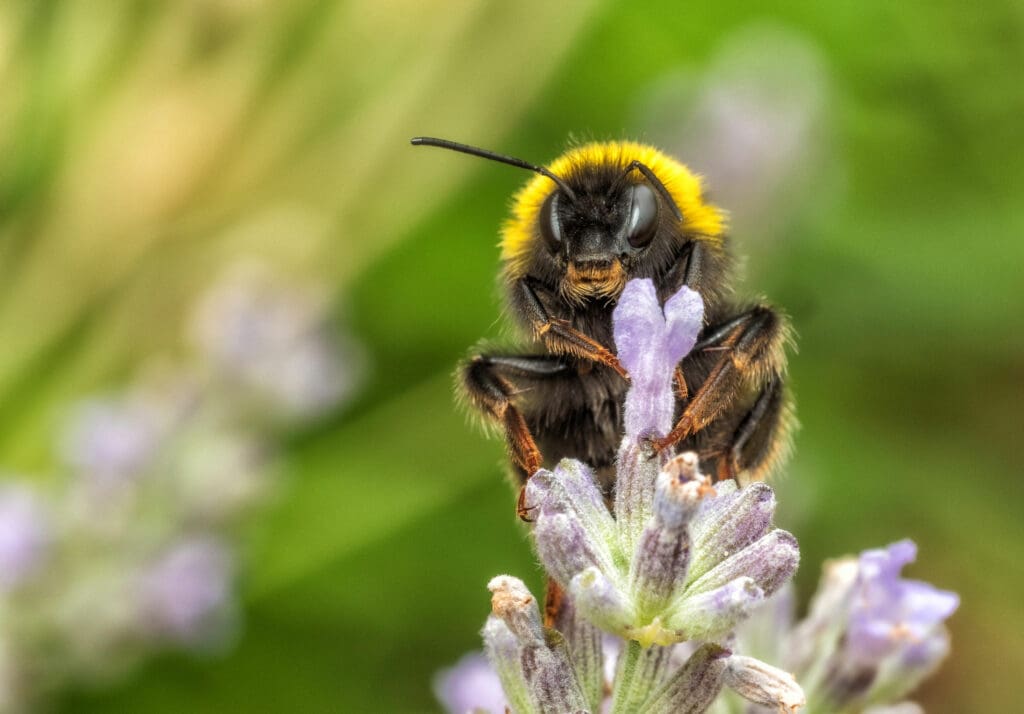
Insects that help us
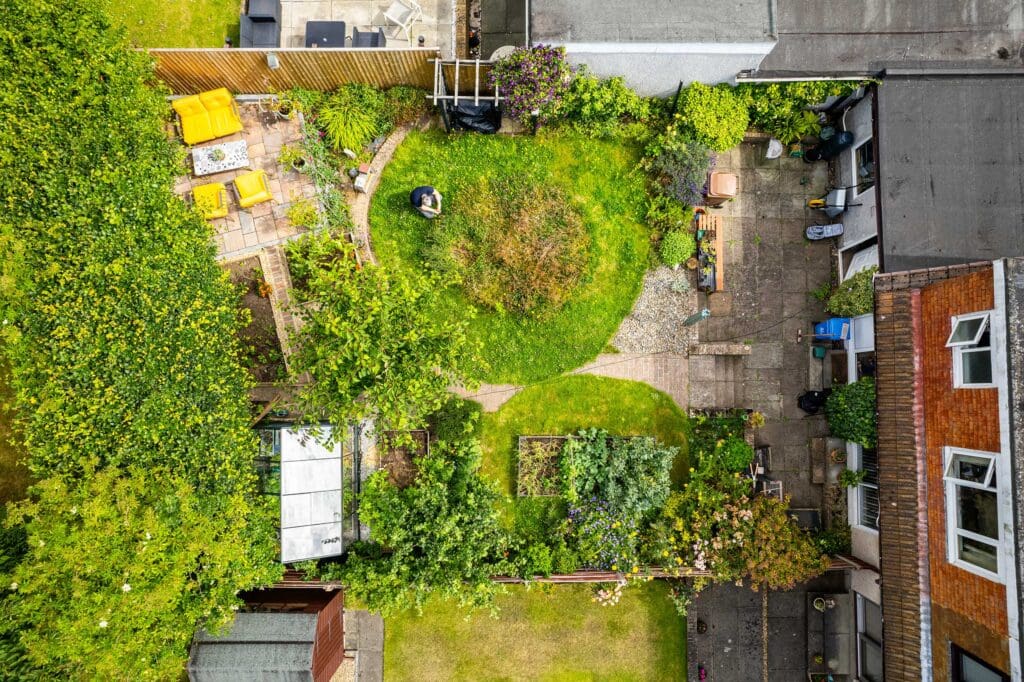
Wildlife gardening: keeping it simple
